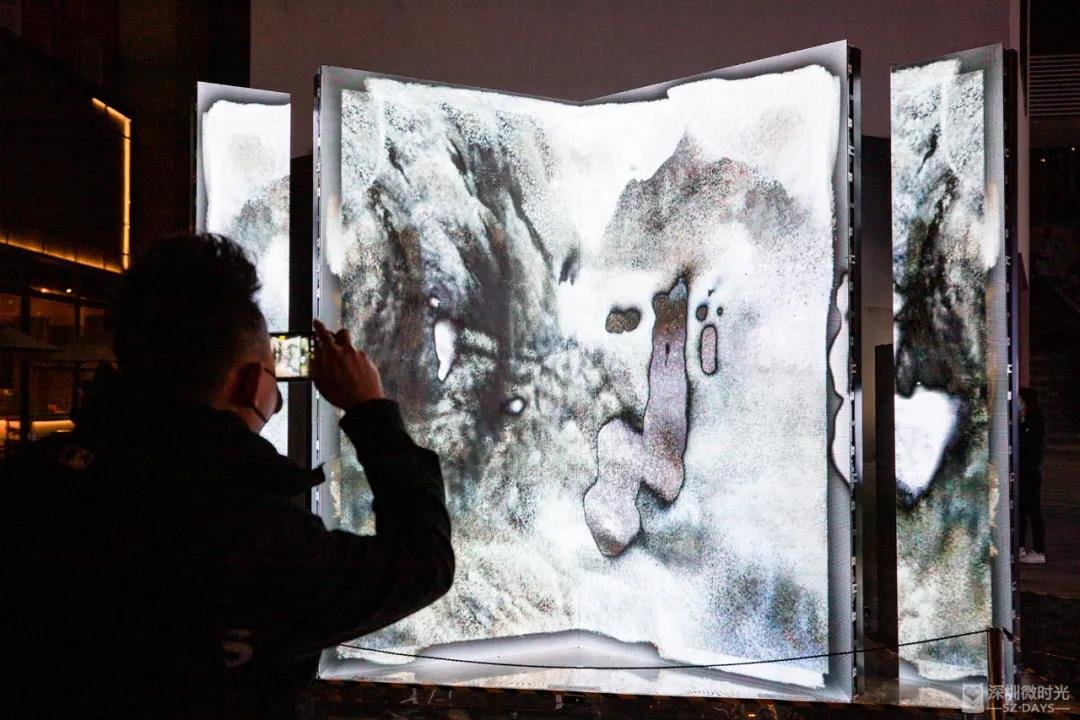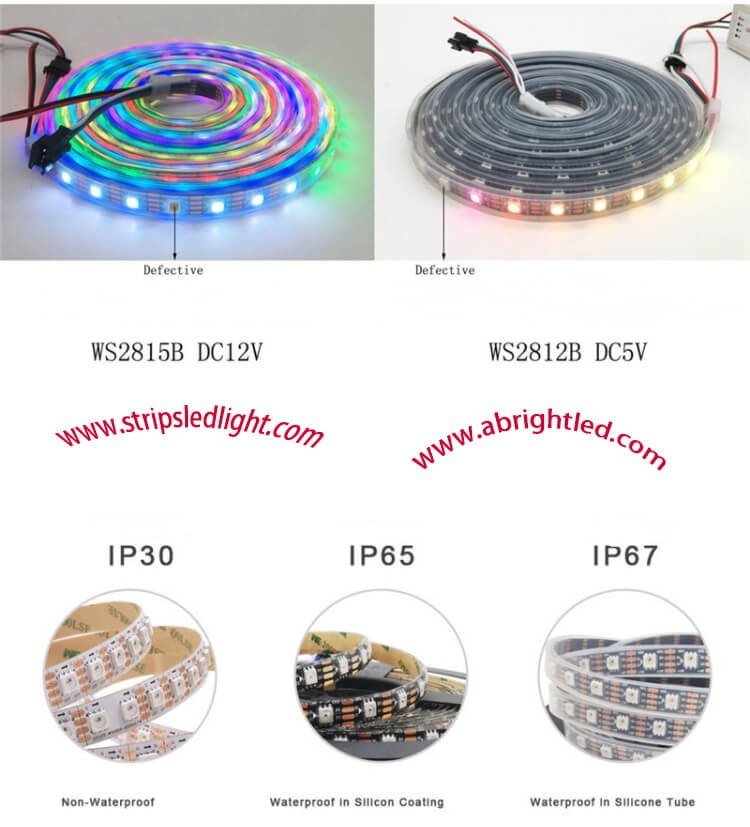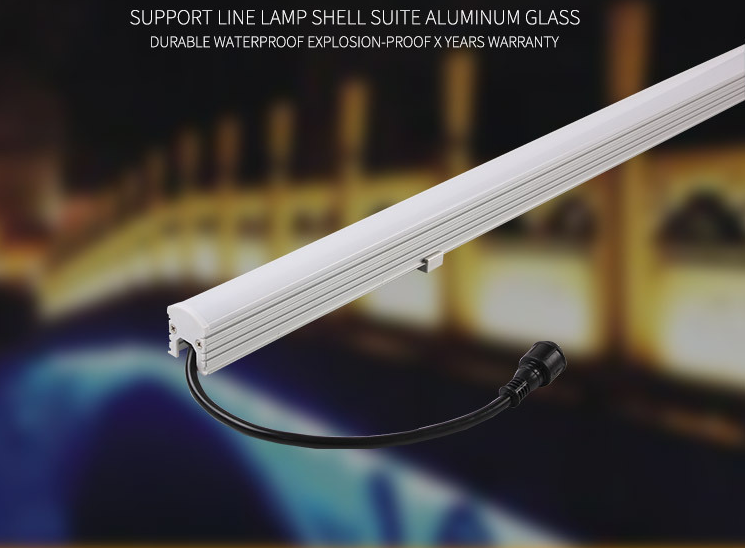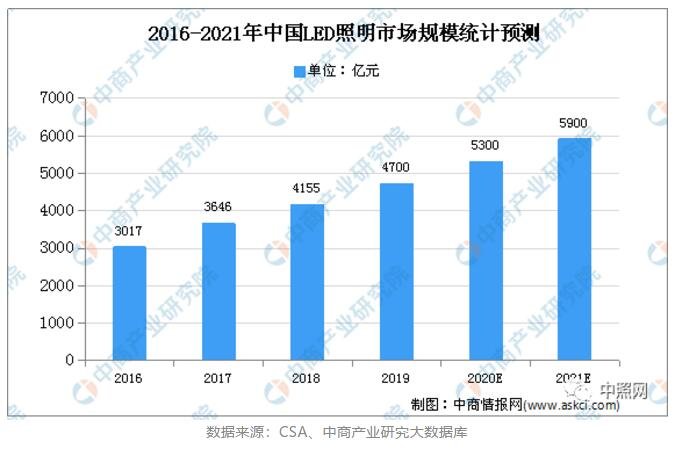On January 11, 2021, Bull Group and Huawei officially signed a strategic cooperation agreement, in which both parties will conduct comprehensive exchanges and cooperation in the research of electronic equipment power supply and distribution system architecture, and product development and application of power supply and distribution. Especially in the field of cell phone fast charging, both parties will bring consumers high-quality cell phone super fast-charging products and services based on their respective advantages. The signing ceremony was attended by Ruan Liping, Chairman and President of Bull Group, and Zhou Taoyuan, President of Huawei Digital Energy Product Line.
In recent years, the development of cell phones and other digital products has been very rapid, and their intelligence is getting higher and higher, which puts higher and higher demands on the battery life, but the development of battery technology is seriously lagging behind the development of electronic products, coupled with the increasing fragmentation of consumers’ use time, which makes their demand for fast charging products increasing, which also promotes the rapid development of the fast charging industry.
Huawei is the world’s leading information and communication solutions provider, relying on its strong R&D and comprehensive technical capabilities, and is an industry leader in energy infrastructure construction, communication networks, cloud computing, and data centers, etc. Huawei’s Super Fast Charging technology is also one of the fastest, most compatible, and safest fast charging technologies in the world.
Bull Group is a national high-tech enterprise focusing on the research and development, production, and sales of converters and wall switches and sockets as the core. With the popularity of mobile terminals and changes in users’ charging needs, the company put forward the “Digital Excellence Strategy” in 2016, gradually expanding from serving strong electrical products such as home appliances to serving strong and weak electrical products such as home appliances and digital. The company has gathered high-end talents from domestic first-class enterprises in production, marketing, and research, and is committed to manufacturing fast-charging, safe, stable, reliable, and portable digital products, and has already listed a large number of digital products.
At the signing ceremony, Bull and Huawei reached a consensus on the future technology trends of consumer power
The three major trends are super-fast charging, intelligence, and miniaturization anytime and anywhere. The first super-fast charging products jointly developed by Bull and Huawei were also released on-site, as well as the recent new product plans, including portable multi-port super-fast charging, multi-functional Magic Square super-fast charging series, and other distinctive products, which can bring consumers a safe and comfortable super-fast charging experience under different usage scenarios.
Zhou Taoyuan, president of Huawei’s digital energy product line, said he is very optimistic about this cooperation with Bull. Bull has strong strength in the field of residential electricians. With its channel, brand, and manufacturing capabilities, combined with Huawei’s leading technology, Bull is sure to change the landscape of the digital accessories fast charging field and lead the fast charging trend.
Ruan Liping, Chairman, and President of Bull Group believes that Huawei is a great company and Bull is also a company with a grand vision. As long as both sides can combine their strengths and be compatible, they will be able to design products with better experiences for the benefit of consumers. Bull looks forward to more and deeper cooperation with Huawei in the future.
At the signing ceremony, the senior management of both sides also established a regular exchange of visits to carry out technical exchanges in the field of power supply and distribution and to explore more cooperation in their common business areas.









